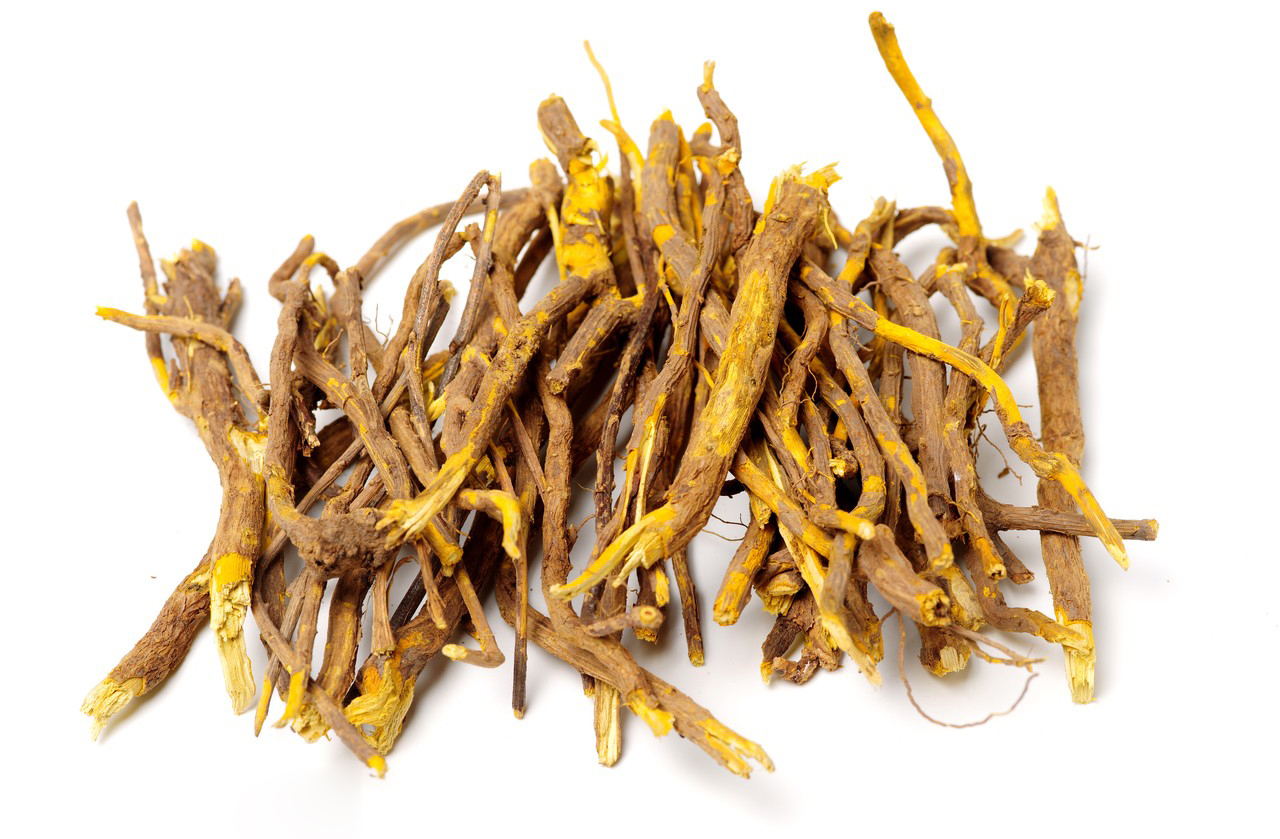Berberine HCl is a compound derived from various plants, particularly from the roots, stems, and bark of Berberis species. It is commonly used as a dietary supplement due to its potential health benefits. The extraction process of Berberine HCl involves several steps, which I’ll outline below:

Step 1: Plant Material Collection
The first step is to collect the plant material that contains berberine. The most common plant sources are various species of Berberis, including Berberis vulgaris (European barberry), Berberis aristata (Indian barberry), and Berberis aquifolium (Oregon grape). These plants are typically found in different regions around the world.
Step 2: Drying the Plant Material
After collection, the plant material is cleaned to remove dirt and other impurities. It is then dried to reduce the moisture content. Drying can be done using sunlight, air-drying, or in specialized drying chambers.
Step 3: Pulverization
The dried plant material is ground into a fine powder to increase its surface area, which facilitates the extraction process.
Step 4: Extraction
There are different methods of extraction that can be employed, including:
- a. Solvent Extraction: The powdered plant material is mixed with a suitable solvent, often ethanol or methanol, in a specific ratio. The mixture is allowed to stand for a certain period, typically several hours to several days, depending on the method used. During this time, the solvent extracts berberine and other compounds from the plant material.
- b. Water Extraction: Alternatively, berberine can be extracted using water or a water-alcohol mixture. This method is often preferred for its simplicity and reduced environmental impact.
Step 5: Filtration
After the extraction process is complete, the liquid containing the extracted berberine is filtered to remove any remaining plant matter, impurities, or solid particles.
Step 6: Concentration
The filtered liquid is then concentrated to reduce its volume and increase the concentration of berberine. Various techniques like rotary evaporation, vacuum evaporation, or freeze-drying can be used for this purpose.
Step 7: Conversion to Berberine HCl
The concentrated berberine extract is then converted to its hydrochloride form, known as Berberine HCl. This is usually done by adding hydrochloric acid to the extract and precipitating berberine as berberine hydrochloride. The Berberine HCl is then separated through filtration.
Step 8: Drying and Quality Control
The resulting Berberine HCl is dried to remove any remaining solvent or moisture. It is then subjected to rigorous quality control measures to ensure its purity, potency, and safety.
Step 9: Packaging
The final step involves packaging the Berberine HCl extract into appropriate containers for distribution and use as a dietary supplement or for other applications.
It’s important to note that the extraction process may vary depending on the manufacturer or the specific source of berberine. Moreover, the production of any dietary supplement must adhere to relevant regulatory guidelines and quality standards to ensure consumer safety. As such, it is always advisable to obtain Berberine HCl supplements from reputable and certified sources.
